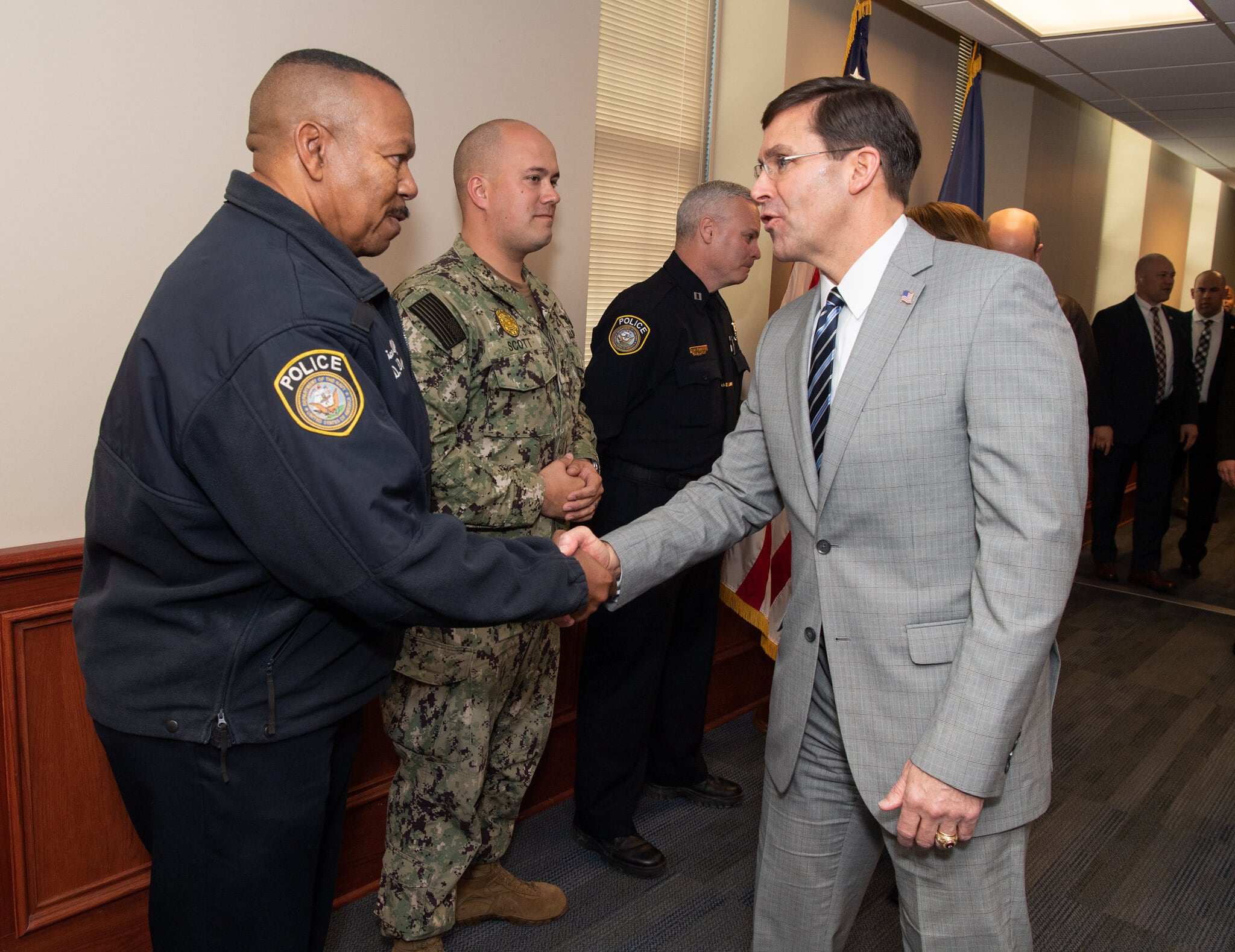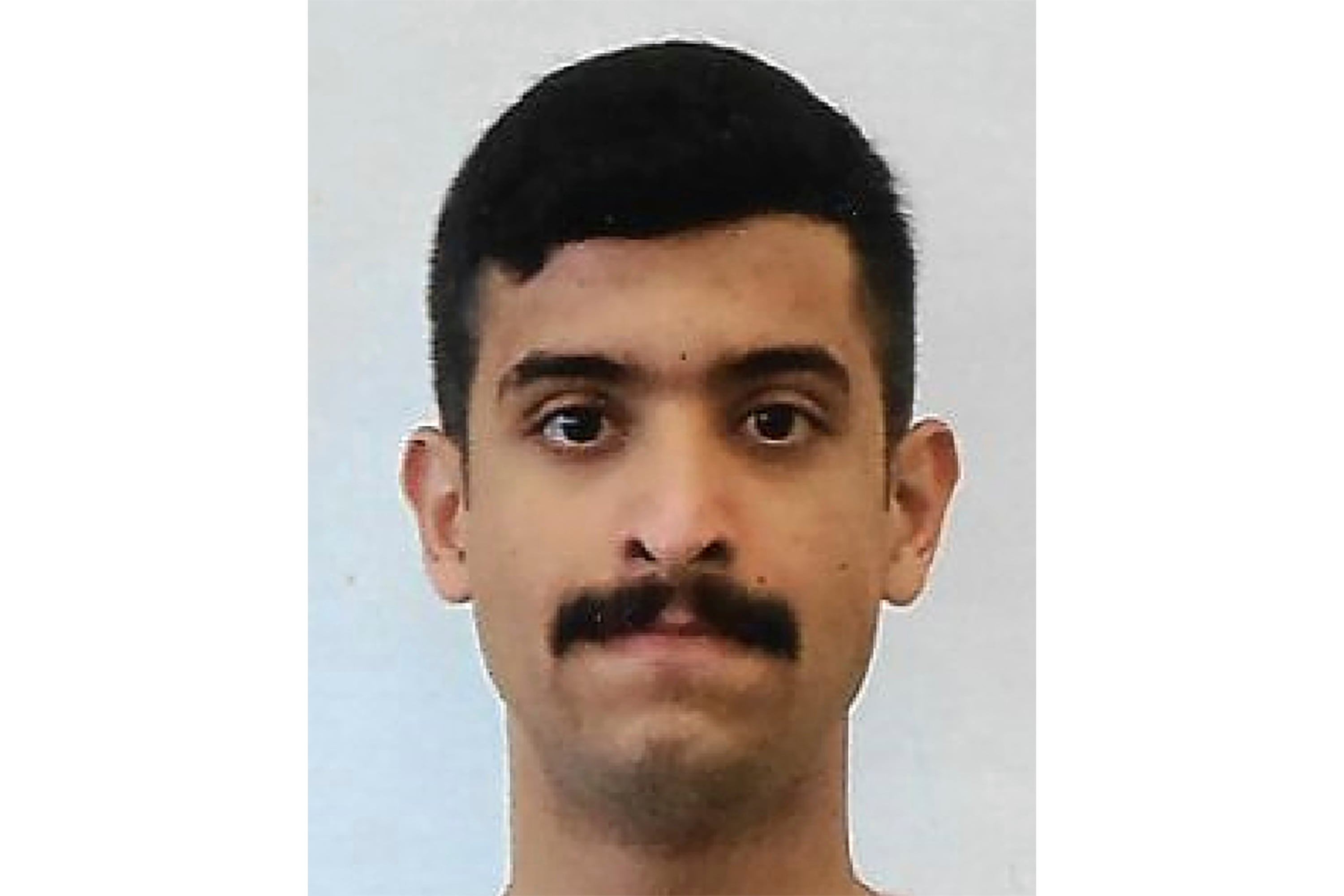In the wake of a December shooting by a Saudi Arabian student pilot at Naval Air Station Pensacola, Florida, the Defense Department found that the training and procedures it has in place for insider threats did not specifically take foreign military students into account, the Pentagon’s top intelligence official told lawmakers Wednesday.
Going forward, the Defense Department has been working on not only preventing foreign troops with anti-American sentiment from coming into the country, but also pushing Saudi Arabia to take more accountability for its officers, officials told the a Senate Armed Services subcommittee on Wednesday
“We also found that DoD programs meant to detect and mitigate events such as the Pensacola attack did not cover international military students — for instance, our insider threat programs,” director for defense intelligence Garry Reid told lawmakers, explaining how Saudi Air Force 2nd Lt. Mohammed Alshamrani, who shared Jihadi material online and was able to legally purchase a handgun in Florida, was able to carry out his attack.
Within two weeks, the Pentagon had screened every current Saudi student through multiple government and commercial background check databases, as well as their online and social media activity. Then FBI in January then expelled 21 Saudis from the U.S., though their misconduct was not related to Alshamrani.
The Pentagon is still working its way through enhanced vetting for all 5,000 of its currently assigned international military trainees, but in the mean time, a handful of new vetting procedures and preventive measures have been put in place.
Those enhanced checks are prioritized by the terror threat from each of them, per the State Department, Reid said.
For example, according to the State Department’s website, countries like Mali, Afghanistan, Pakistan, Nigeria and Lebanon are considered a high risk for terrorism.
At the same time, officials are stressing the importance of keeping slots open for foreign military officers to train in the U.S., as a way to cultivate allies.
RELATED

“As a foreign area officer and a career security operator, I have worked alongside many foreign military leaders whose training in the United States established an appreciation for American culture and values and has shaped longstanding cooperation and partnership with the United States,” Lt. Gen. Charles Hooper, who directs the Defense Security Cooperation Agency, testified.
More than a million foreign military students have gone through U.S. training programs, he said, including about 4,000 foreign heads of state and top military leaders.
In order to hold countries more accountable, Reid said, they will have to submit their training nominations earlier, to give DoD more time to vet them.
For Saudi trainees, there will also be a requirement for more psychological and behavioral vetting before selection, as well as a requirement to evaluate a potential student’s opinions about the U.S. and their potential prejudices against other races, religions and more groups, Reid said.
Then there is a new code of conduct distributed by Saudi leadership, while local liaison officers and the Saudi defense attache supervise them while in the U.S.
As far as preventing students getting firearms on base, they will first sign an acknowledgement with the Defense Department that they’re prohibited for foreign military students.
Beyond that, Reid said, the Pentagon is working with the federal government to close loopholes allowing weapons purchases in some states. In Alshamrani’s case, he was able to obtain a Florida hunting license, which in that state facilitates firearms purchases.
They are also working with the Bureau of Alcohol, Tobacco, Firearms and Explosives for ways to get alerts when possible foreign students purchase firearms, he said, as well as with Congress to introduce legislation that would close the hunting license exception, as well as prevent less regulated sales from individuals to a non-immigrant visa holder.
Meghann Myers is the Pentagon bureau chief at Military Times. She covers operations, policy, personnel, leadership and other issues affecting service members.





